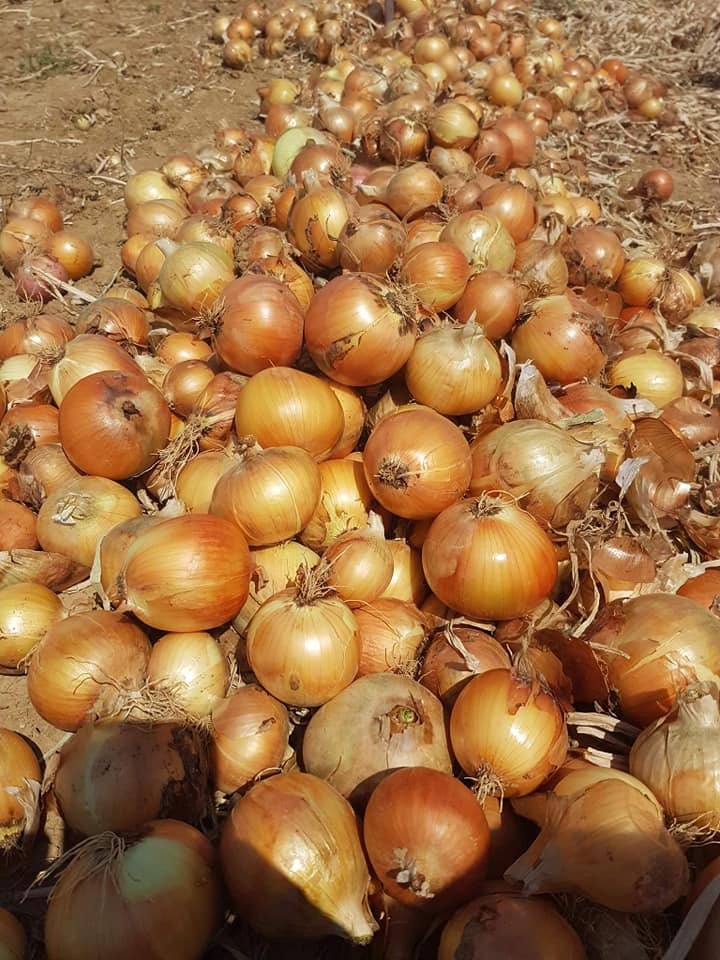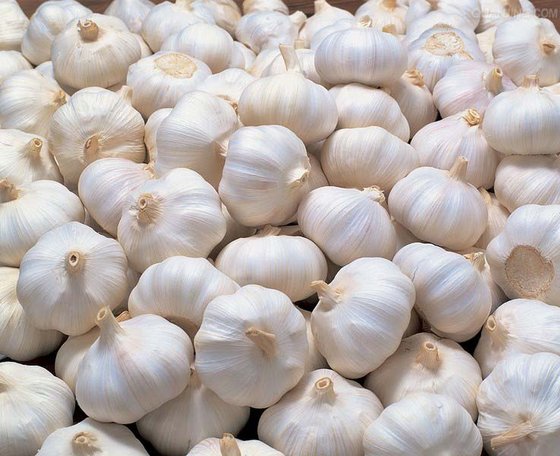
Potato
The potato (Solanum tuberosum) belongs to the solanaceae family of flowering plants. It originated and was first domesticated in the Andesmountains of South America.
The potato is the third most important food crop in the world after rice and wheat in terms of human consumption. More than a billion people worldwide eat potato, and global total crop production exceeds 300 million metric tons.
There are more than 4,000 varieties of native potatoes, mostly found in the Andes. They come in many sizes and shapes. There are also over 180 wild potato species. Though they are too bitter to eat, their important biodiversity includes natural resistances to pests, diseases, and climatic conditions.
Potato is vegetatively propagated, meaning that a new plant can be grown from a potato or piece of potato, called a “seed”. The new plant can produce 5-20 new tubers, which will be genetic clones of the mother seed plant. Potato plants also produce flowers and berries that contain 100-400 botanical seeds. These can be planted to produce new tubers, which will be genetically different from the mother plant.

Onion (Red, Yellow & White Onion)

